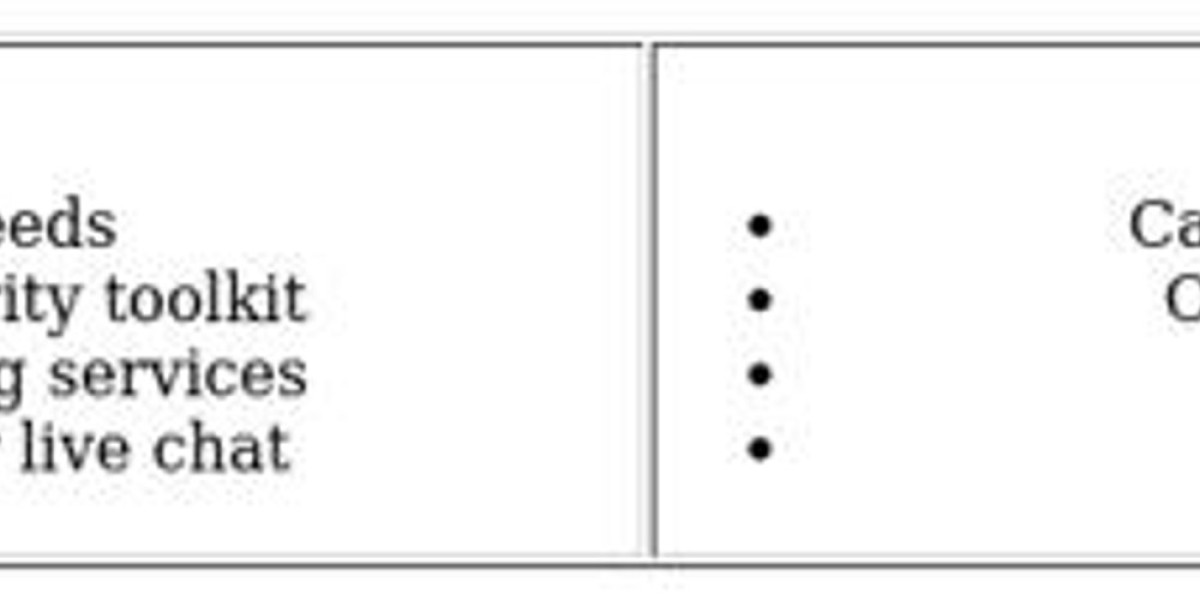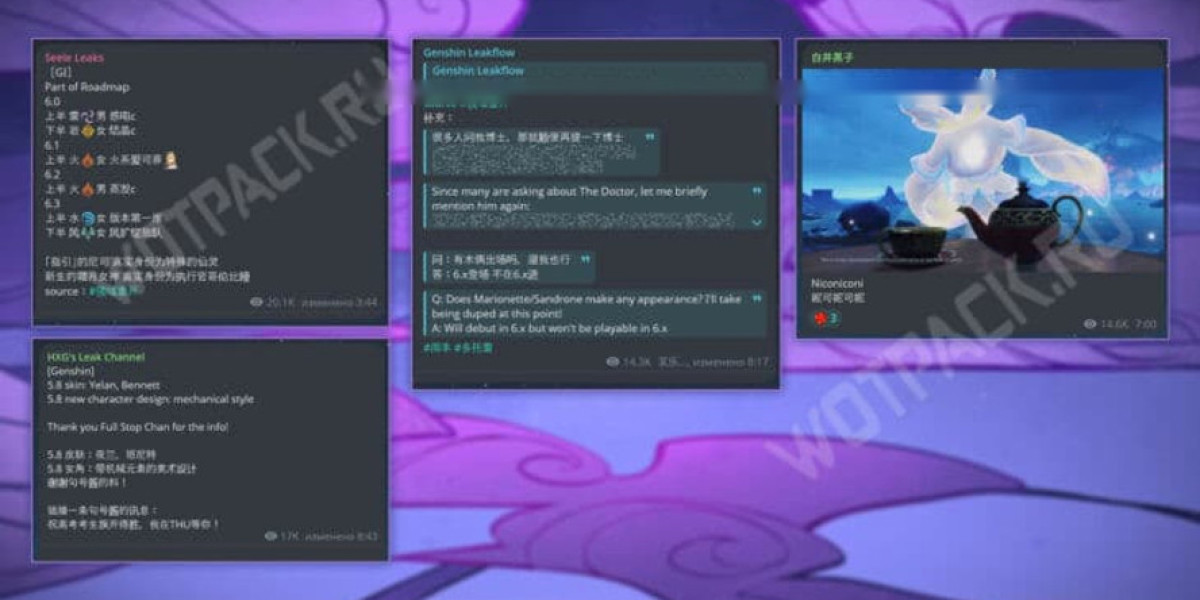Introduction to Norani Qaida
Norani Qaida is a foundational booklet used to teach beginners how to read the Holy Quran with proper pronunciation (Tajweed). It is widely used across the Muslim world, especially in countries like Pakistan, India, Bangladesh, and others where Arabic is not the native language. The Norani Qaida simplifies Arabic phonetics and script for non-native learners and builds a strong base to progress toward Quranic recitation. In this article, we will explore the purpose, structure, importance, and benefits of Norani Qaida English, especially for those unfamiliar with Arabic.
What Is Norani Qaida?
Norani Qaida, also known as Qaida Noorania, is an instructional book that introduces learners to the Arabic alphabet, vowel sounds, and the basic rules of reading Arabic script. It was compiled by Molvi Noor Muhammad Ludhyanvi (RA), a scholar from the Indian subcontinent, with the goal of making Quranic education accessible and methodical for young and adult learners alike.
The book is broken down into small lessons that gradually increase in complexity, helping students to understand and pronounce Arabic letters correctly and fluently.
Why Learn Norani Qaida in English?
For students who speak English or come from non-Arabic backgrounds, learning Norani Qaida in English offers several advantages:
Ease of Understanding: English explanations make it easier for learners to understand the concepts without needing translation.
Correct Pronunciation: English transliteration helps learners approximate the correct Arabic sounds.
Accessibility: English versions of the Norani Qaida are widely available both in print and online, making it easier for global audiences to learn.
Structured Learning: English-speaking teachers and tutors can use the English version to explain lessons more clearly and effectively.
Structure of Norani Qaida in English
The Norani Qaida is divided into lessons that follow a logical order:
Arabic Alphabet Introduction
Learners are introduced to the 29 letters of the Arabic alphabet. Each letter is shown in isolation and with examples. English transliterations often accompany the Arabic text to help students with pronunciation.Joining Letters
This section teaches how Arabic letters are connected in different positions: initial, medial, and final forms.Harakat (Vowel Marks)
Students learn about the short vowels (Fatha, Kasra, Damma) and how they affect pronunciation.Tanween
Double vowels (an, in, un) are introduced, which are used frequently in the Quran.Sukoon and Jazm
Learners are taught how to pronounce letters that are silent or have no vowel.Shaddah (Tashdeed)
This part teaches the concept of emphasis or doubling of letters in pronunciation.Madd and Long Vowels
Understanding elongated vowel sounds, which are essential for Tajweed.Rules of Noon Sakinah and Meem Sakinah
These are basic Tajweed rules that affect pronunciation when certain letters appear.Exercises and Practice
Various exercises help learners apply the rules and improve fluency
Benefits of Learning Norani Qaida in English
Builds Confidence: With a solid understanding of the basics, learners are more confident in reading Quranic text.
Supports Tajweed Learning: Tajweed rules are essential for correct recitation; Norani Qaida introduces them step by step.
Suitable for All Ages: Whether you're a child or an adult, Norani Qaida is designed to be simple and effective.
Prepares for Quran Reading: After completing the Qaida, students can begin reading the Quran fluently and accurately.
Encourages Consistent Practice: Structured lessons make it easier to maintain a regular learning schedule.
Teaching Methods and Resources
Today, Norani Qaida is taught using various tools and technologies:
Printed Books: Available in bilingual formats (Arabic-English), ideal for traditional classroom or home study.
Online Courses: Many platforms offer live classes and pre-recorded video lessons in English.
Mobile Apps: Norani Qaida apps include audio, visuals, and games for interactive learning.
YouTube Channels: Free tutorials and lessons by qualified teachers.
Private Tutors: Native and non-native Arabic teachers who teach Norani Qaida using English as the medium.
Tips for Students and Parents
Practice Daily: Even 10-15 minutes a day can lead to steady progress.
Listen and Repeat: Use audio resources to hear correct pronunciation and repeat it.
Be Patient: Mastery takes time; focus on accuracy over speed.
Involve Parents: For younger children, parental involvement can help reinforce learning.
Test Knowledge: Regular quizzes or reviews help to retain and apply what’s learned.
Conclusion
Learning Norani Qaida in English is a crucial step for non-Arabic speakers who wish to read and understand the Quran properly. It lays the groundwork for accurate pronunciation and Tajweed and opens the door to a lifetime of meaningful Quranic recitation. Whether you are a child starting out, an adult reconnecting with your faith, or a parent guiding your child’s Islamic education, the Norani Qaida offers a proven, accessible, and effective method to begin the journey with the Holy Quran.



